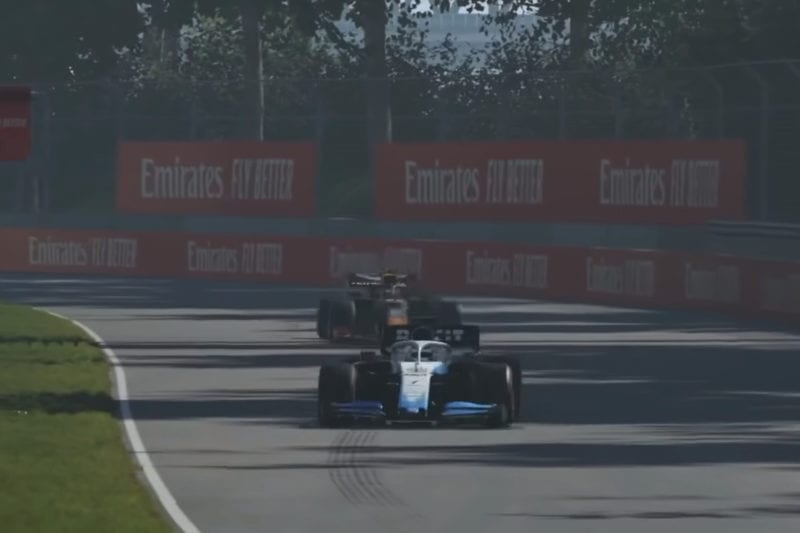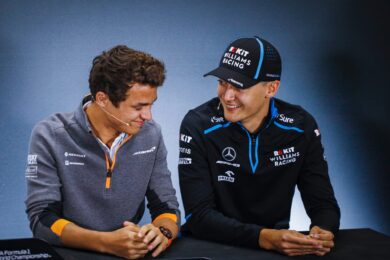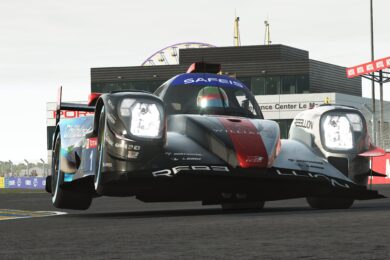The fact this series even happened shows how far F1 has come from just a few years ago when it comes to its social outreach. A concerted effort has been made to attract a new audience to Formula 1 and, through the virtual series, the sport has been exposed to a huge number of fans and newcomers alike.
Half a million people tuned into the first race in Bahrain in March and while that number has fluctuated since, it has steadily attracted 250,000 viewers week in week out.
With such strong viewership from start to finish, F1’s online presence continues to grow as the sport tries to capitalise on an area it once neglected and the Virtual GP experiment is just the latest step in this process.
There is certainly a platform for esports racing moving forward from this extended break from real world racing, hopefully it will carry on the momentum it has built up while the real-world action resumes.
…and what didn’t
Technical difficulties robbed Lando Norris of multiple races early on in the series. Disconnects moments before or even during a race meant “LandoBot” – Norris’ AI controlled car – quickly became a joke online. Several instances of glitches mid-race though, including rubber-banding and lag, caused accidents and caused headaches for drivers.
These issues are out of F1’s hands but Codemasters’ biggest exposure with the series so far, outside of its own esports championship, was far from smooth sailing.
Track limits was a hot topic following the Virtual Chinese Grand Prix as drivers just didn’t bother sticking in bounds coming out of the final corner, running wide in order to gain lap time. It resulted in the implementation of the strict track limits setting in-game which caused drama and headaches in itself.
The time penalty for exceeding track limits pop-up during races became innumerable. While, in the real world, stewards ignore drivers exceeding track limits where no time is to be gained, step outside of the while lines even a fraction in-game and a time-penalty swiftly follows.



